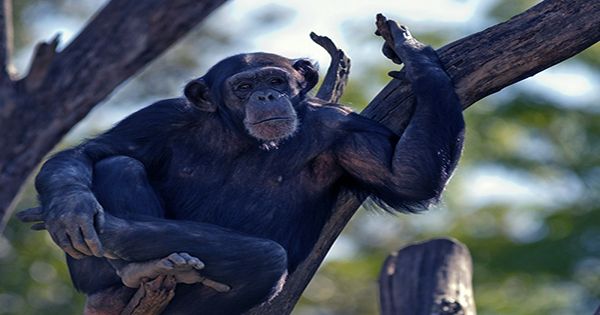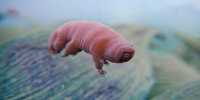The shoulders of the most complete fossils of a human ancestor reveal that our ancestors lived a partial arboreal life even thirty million years ago, although their lower parts adapted to stand upright by then. The biggest unanswered question about our evolution is the question of when humans moved away from the great Berlusconi and moved to life on Earth.
The duration of this important event as well as the many other changes in our lineage, as well as how the environmental changes in Africa will help us to understand much about our deep past, will be effective.
Unfortunately, we have received only a small number of fossils from this critical time, most of which are just scrap. All of these make the fossil known as the Little Foot one of the most valuable specimens ever. Dr Kristian J. Carlson, lead author from University of Southern California, said in a statement, “Little feet are rosta stones for the first human ancestors.”
Although it was first found 27 years ago, it took a long time to extract from Little Foot’s unusually hard rock and proved difficult to date properly. Its age is estimated to be between 2 and 4 million years – although the 3.67 million dating made in 2015 using new measures based on cosmic ray exposure is now widely accepted. Whether there was a new species called Little Foot Australopithecus africanus or A Prometheus is still debated. The small legs and feet named after this fossil were previously evaluated as suitable for walking upright, suggesting that pre-humans were well on their way to our modern way of life at this moment.
Focusing on the upper limbs, however, Carlson found something different. The large ridges of the shoulder blades, suitable for keeping large muscles attached, make them feel good to climb on top of trees and hang from branches, but not to throw things away, he told the Journal of Human Evolution. Other features, such as the apple to the S-shaped collar bone, tell a similar story. “Based on comparisons with living humans and APS, we propose that the morphology of the shoulder and the function of the little foot are a good model for the common ancestor of humans and chimpanzees millions to 6 million years ago.” Carlson said.
That means half since our ancestors became detached from the great man and eventually became ours, the arms and shoulders of our ancestors barely changed.















